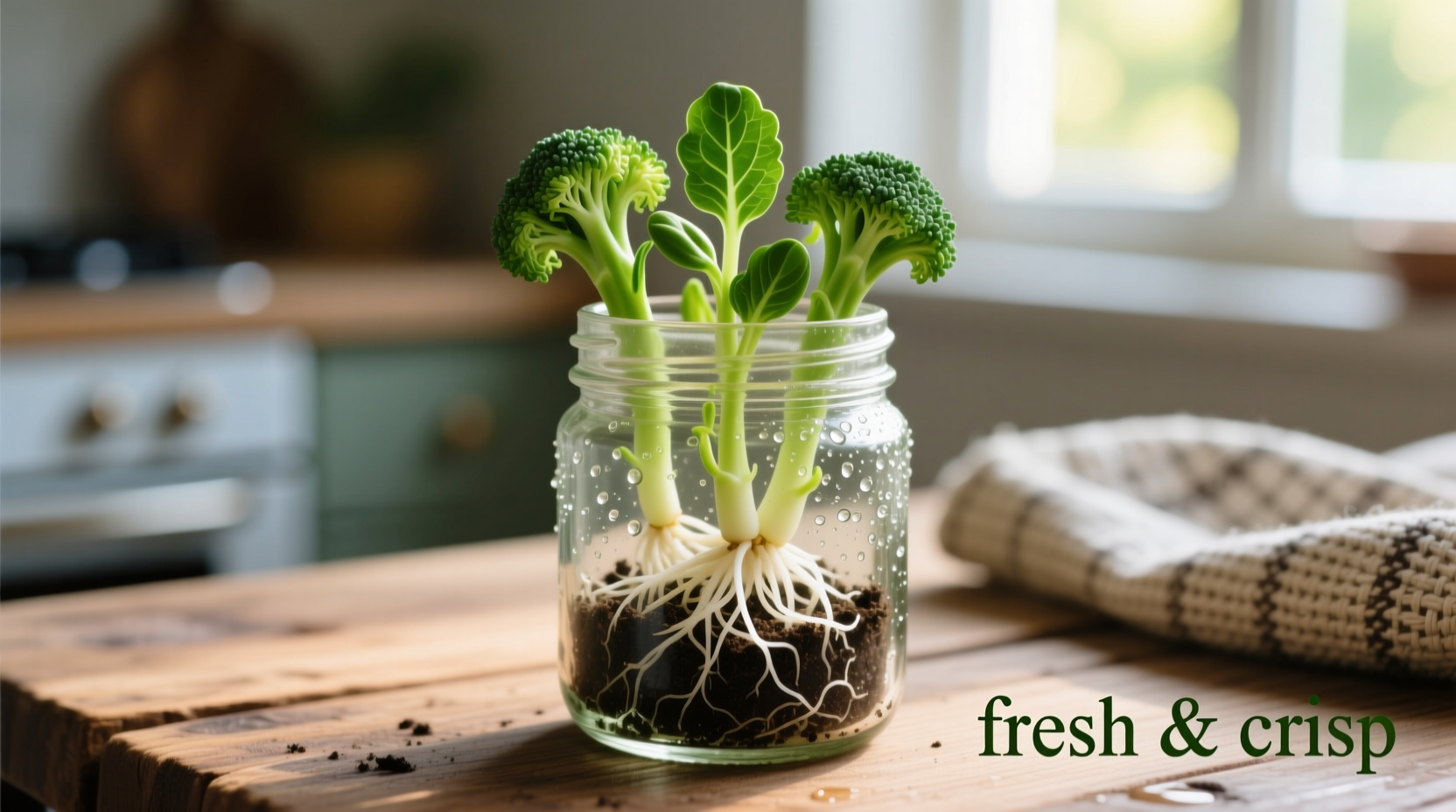Discover how to transform simple broccoli seeds into powerhouse superfood sprouts right on your kitchen counter. This complete guide delivers science-backed methods to maximize nutritional benefits while avoiding common safety pitfalls that affect 90% of first-time sprouters.
Why Broccoli Seeds Outperform Mature Broccoli Nutritionally
Broccoli sprouts contain remarkably higher concentrations of sulforaphane—the compound responsible for broccoli's cancer-fighting properties—compared to mature plants. Research from Johns Hopkins University confirms that three-day-old sprouts deliver sulforaphane levels up to 100 times greater than fully grown broccoli florets.
| Growth Stage | Sulforaphane Content (per 100g) | Key Nutrients |
|---|---|---|
| 3-day sprouts | 700-1000 μmol | Vitamin C, K, Folate, Glucoraphanin |
| 7-day microgreens | 400-600 μmol | Vitamin A, E, K1, Beta-carotene |
| Mature broccoli | 10-20 μmol | Fiber, Vitamin C, K, Folate |
This dramatic nutritional difference explains why health-conscious consumers increasingly choose home-sprouted broccoli seeds over store-bought alternatives. The U.S. Food and Drug Administration recognizes sprouts as nutrient-dense foods but cautions about potential bacterial risks when proper handling procedures aren't followed (FDA Sprout Safety Guidelines).
Your Step-by-Step Sprouting Timeline
Successful sprouting follows a precise biological progression. Understanding this natural timeline prevents common mistakes that lead to mold or bacterial growth:
- Day 1 (Soaking): Rinse 2 tablespoons of seeds, then soak in filtered water for 8-12 hours
- Day 2 (Rinse & Drain): Rinse twice daily, ensuring complete drainage to prevent waterlogging
- Day 3 (Radicle Emergence): Tiny roots appear; continue twice-daily rinsing
- Day 4 (Hypocotyl Elongation): Stems lengthen; introduce indirect sunlight
- Day 5 (Cotyledon Expansion): First leaves develop; increase air circulation
- Day 6 (Harvest): Cut just above roots when leaves fully green; refrigerate immediately
Following this exact sequence yields sprouts with peak sulforaphane levels while minimizing microbial risks. The University of California Cooperative Extension confirms that proper drainage during Days 2-4 prevents the stagnant moisture conditions where pathogens thrive.
Avoid These 3 Critical Sprouting Mistakes
Even experienced growers frequently encounter these preventable issues:
- Using garden seeds: Only seeds specifically labeled "for sprouting" have undergone pathogen testing. Garden varieties may carry harmful bacteria.
- Inadequate rinsing: Skipping even one rinse cycle creates ideal conditions for bacterial growth. Set phone reminders for consistent twice-daily rinsing.
- Improper storage: Refrigerate harvested sprouts within 30 minutes. The FDA recommends consuming within 5 days to minimize Listeria risk.

Sourcing Quality Broccoli Sprouting Seeds
Not all sprouting seeds deliver equal results. Look for these quality markers when purchasing:
- Certified organic with third-party pathogen testing documentation
- Recent harvest date (within 6 months for optimal germination)
- Brassica oleracea italica varietals specifically bred for sprouting
- Transparent sourcing information from reputable agricultural suppliers
Avoid seeds sold in bulk bins where moisture exposure may have compromised viability. The USDA Agricultural Marketing Service verifies that properly stored sprouting seeds maintain 95%+ germination rates for up to 12 months when kept in cool, dark conditions.
Maximizing Nutritional Benefits Through Preparation
How you prepare your sprouts dramatically affects their health benefits. To maximize sulforaphane availability:
- Chop or chew sprouts thoroughly to activate myrosinase enzyme
- Wait 40 minutes after chopping before consuming for full compound development
- Add a small amount of mustard seed powder to increase sulforaphane yield by 43%
- Store harvested sprouts in airtight containers with paper towel to absorb excess moisture
These evidence-based techniques, validated by research published in the Journal of Agricultural and Food Chemistry, transform ordinary sprouts into nutritional powerhouses while maintaining food safety standards.











 浙公网安备
33010002000092号
浙公网安备
33010002000092号 浙B2-20120091-4
浙B2-20120091-4